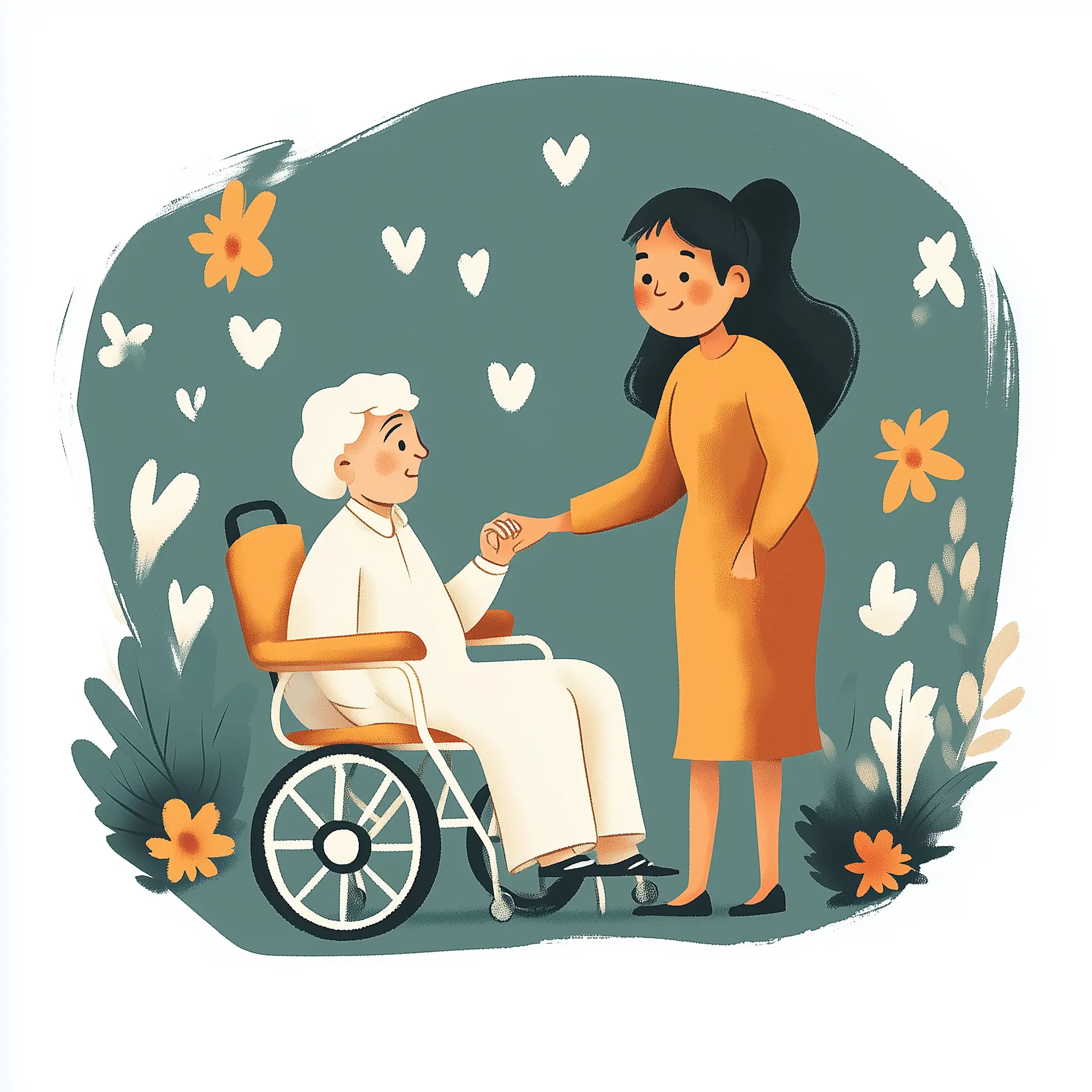
What Does Arthritis Feel Like
- Published on
- Authors

- Author
- HP Homecare
Understanding arthritis involves grasping both the visceral and emotional sensations that come with it. It’s not merely about the pain, though that is certainly a significant aspect. Arthritis weaves a complex tapestry of symptoms that can drastically alter one’s lifestyle and daily activities.
Experiencing Arthritis: More than Just Pain
The Multi-faceted Sensations of Arthritis
Arthritis pain is often described in several ways: a dull throbbing ache, a burning sensation, or a sharp and piercing pain. These sensations may not be constant; they can come and go, oftentimes without warning, making planning and movement unpredictable.
Deep Dive into Joint Pain
People experiencing arthritis can feel immense pain from within their joints. This pain typically originates from inflammation that occurs around the joint, within the joint, or in the muscles and tissues that support it. Each movement can feel as though you’re pushing against a stubborn, unyielding barrier.
A Closer Look at Inflammation
Inflammation, a key hallmark of arthritis, can cause the joints to feel hot, appear red, and become swollen. The sensation can be akin to a continuous intense flush over the affected area, creating not just physical discomfort but also significant emotional and psychological distress.
How Arthritis Affects Daily Life
The unpredictability of arthritis pain and discomfort significantly influences daily living. Morning routines can be challenging, as stiffness after periods of rest can be particularly severe. Activities once taken for granted — such as opening jars, climbing stairs, or even walking — can become laborious tasks.
Understanding and Managing Life with Arthritis
Recognising the Impact on Mental Health
The ongoing battle with pain and limited mobility can also lead to feelings of frustration, isolation, and depression. Recognising these emotional elements is crucial in managing life with arthritis effectively. It’s important for those affected, and their carers, to acknowledge and address these mental challenges as part of comprehensive care.
Coping Mechanisms and Support Systems
Adapting to life with arthritis might involve physical therapy, tailored exercise routines, and perhaps adaptations to living spaces. Support comes in many forms, including professional healthcare advice, community support, and understanding from family and friends.
This narrative around arthritis is not just about describing pain but also about empathy, support, and adaptation. For those living with arthritis or caring for someone who is, understanding these varied dimensions is crucial in managing the disease’s impact professionally and personally.